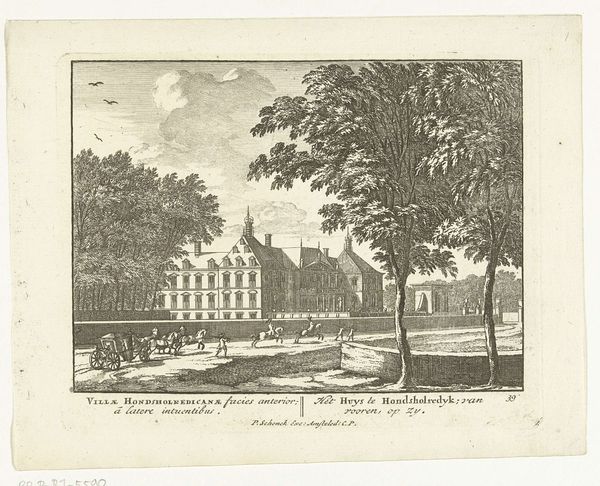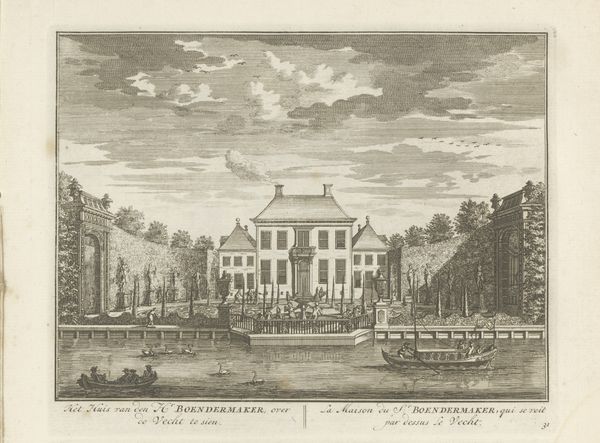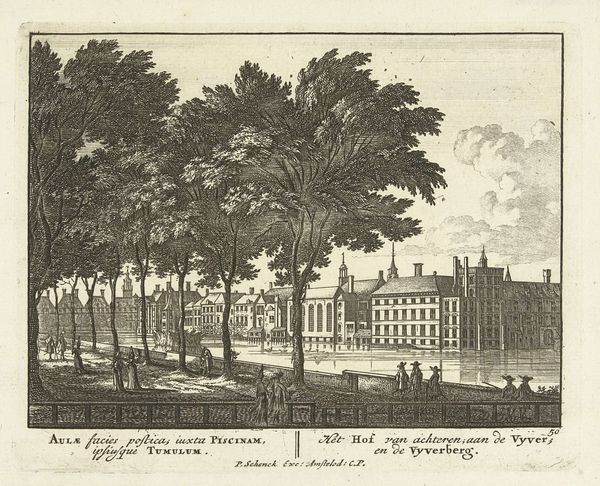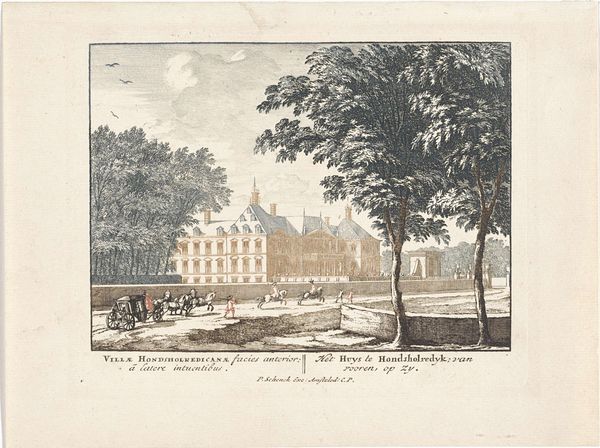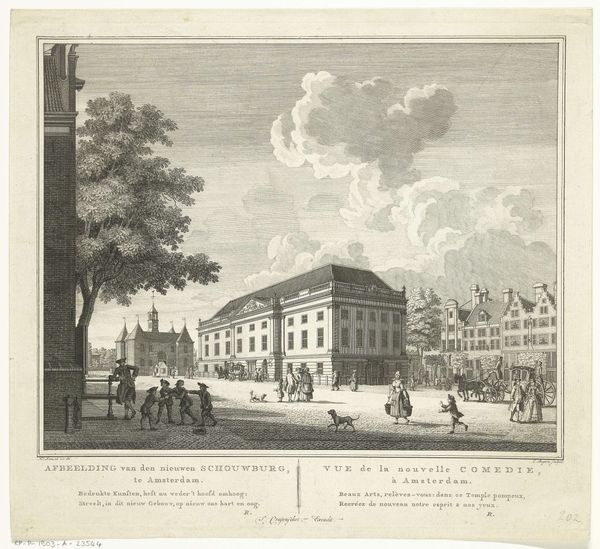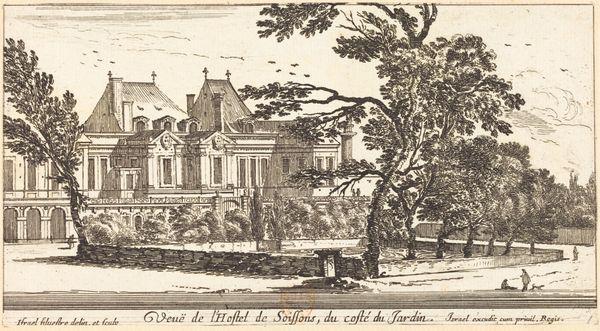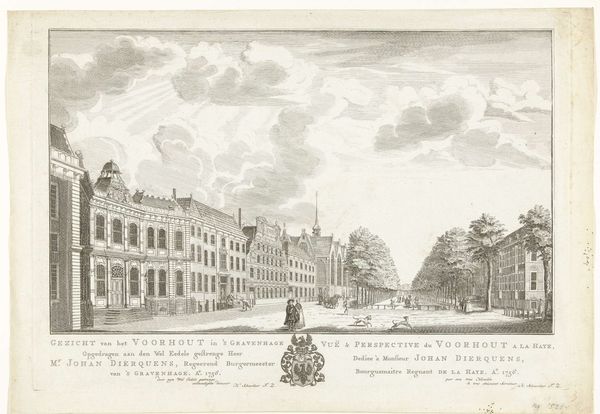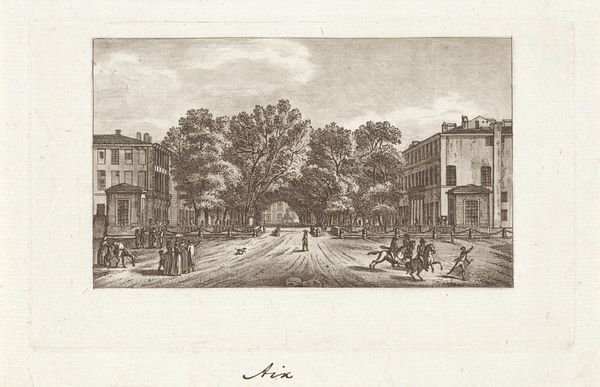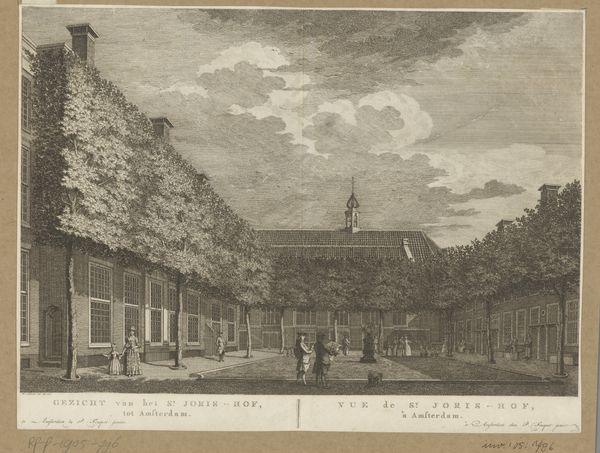
print, engraving
#
dutch-golden-age
# print
#
landscape
#
cityscape
#
engraving
Dimensions: height 132 mm, width 167 mm
Copyright: Rijks Museum: Open Domain
Editor: This engraving, "Gezicht op de Lange Poten en het Plein te Den Haag," whose creator is listed as anonymous, dates to sometime between 1686 and 1711. It's incredibly detailed; I'm struck by how this print medium can still evoke the stillness of a serene afternoon. What stands out to you in this particular piece? Curator: What grabs my attention is how this print highlights the *process* of urbanization. Think about the labor involved: the engraver meticulously carving into the metal plate, the paper-making process itself. The image depicts an ordered, almost sterile environment. Who benefits from this controlled representation? Is it a celebration of the rising merchant class, perhaps subtly advertising a desirable lifestyle built on consumption and colonial extraction? Editor: Consumption? How do you read that in a cityscape? Curator: Consider what's absent. Are there vendors or signs of labour openly visible? The figures in the foreground seem leisurely – consumers rather than producers. The meticulous detail, especially in the architecture, screams affluence. We need to examine how this image actively constructs a vision of Dutch prosperity and civility. What is shown versus what is *not* shown becomes extremely relevant when exploring the context of labour and materials. Editor: I see your point. The *lack* of visible labor sort of… reinforces the comfortable lifestyle. It’s a very curated picture. Curator: Precisely. And the very *means* of its production, the print medium, makes it easily reproducible, expanding the circulation of this idealized vision, and contributing to the cycle of production and consumption on a societal scale. It’s all interconnected. Editor: That changes how I view the engraving. I will certainly look at it through that lens now! Thanks for sharing these novel thoughts.
Comments
No comments
Be the first to comment and join the conversation on the ultimate creative platform.

